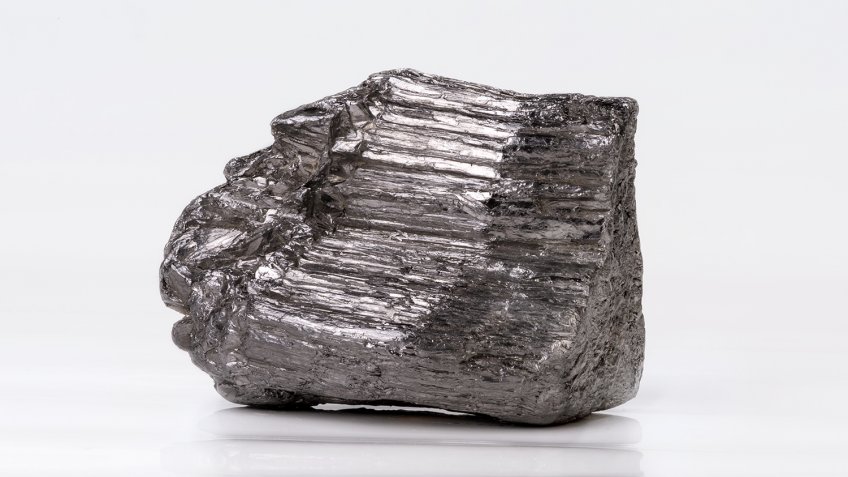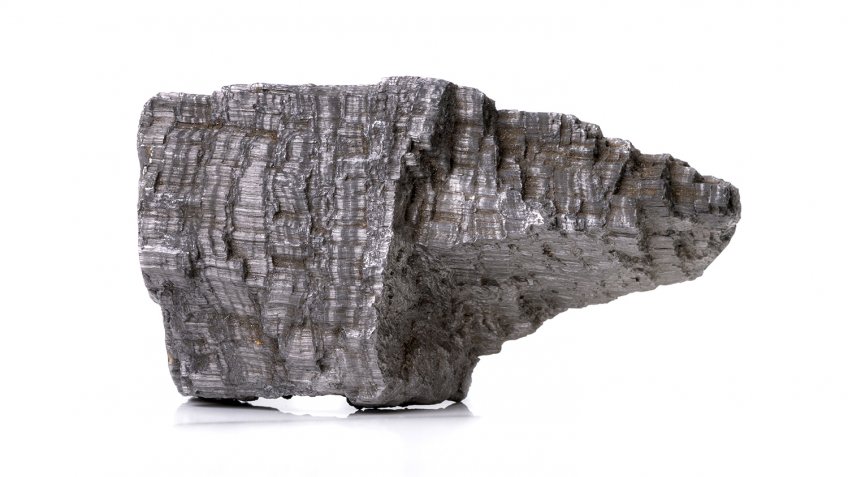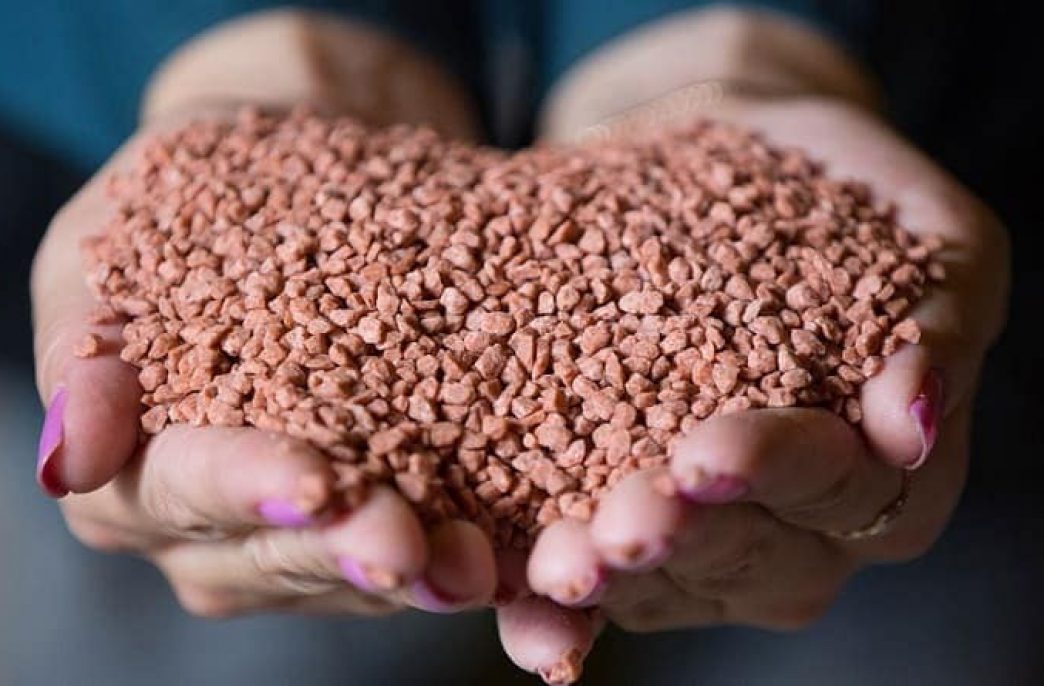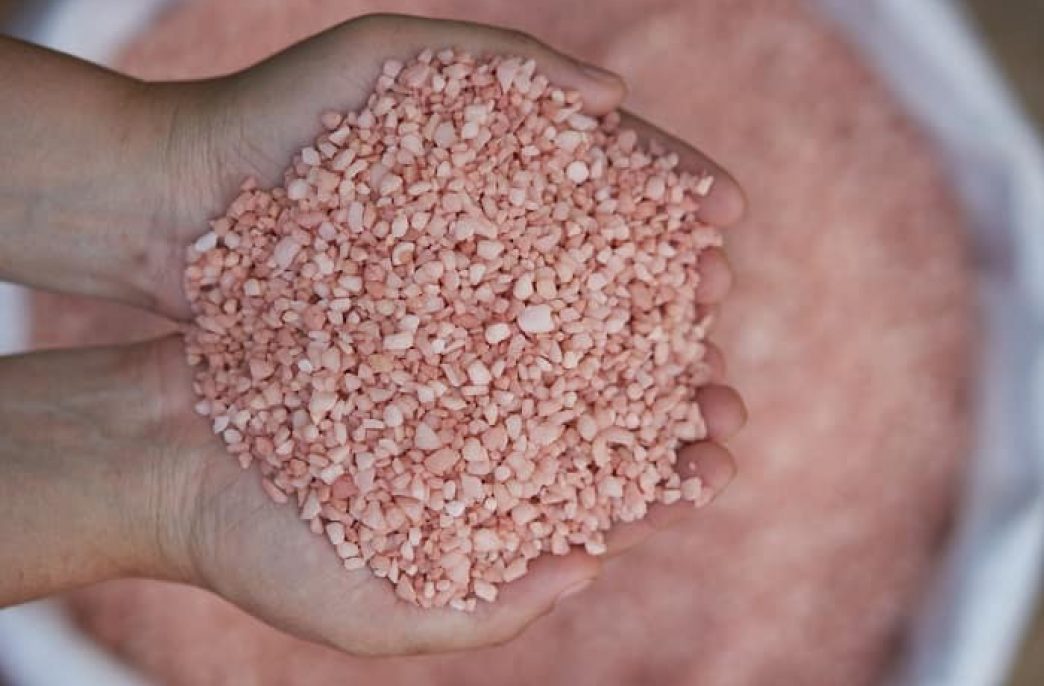THE STONE CANNOT DISSOLVE Hydrochloric Acid

A STONE THAT CANNOT Dissolve Even With Hydrochloric Acid
This stone is not included in the list of precious minerals, it cannot be proudly called a gem and seen in expensive jewelry. But he only needs a split second to completely change his status and turn from a black nondescript stone into a shining diamond.
Being one of the most sought-after stones, it has found application in almost all spheres of human life, and its area of influence continues to grow. Today it is equally in demand among both schoolchildren and developers of nuclear power plants. The mineral that powers all modern gadgets is called graphite.








